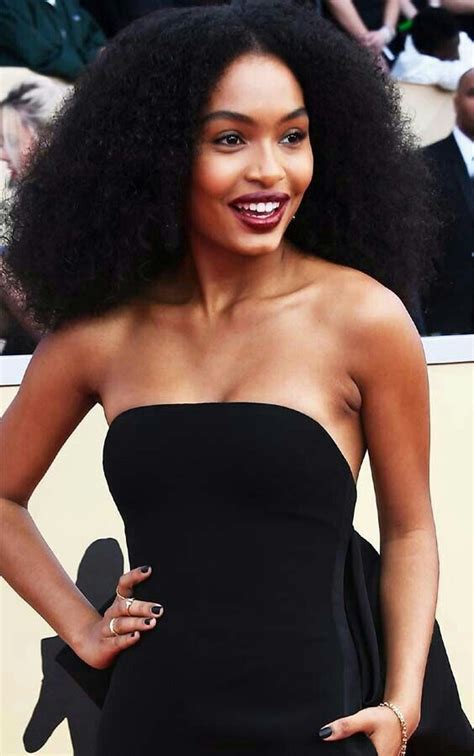Haircuts in the Black Community: A Cut Above
Black hair is a thing of beauty, versatility, and immense cultural significance. Haircuts for black people are more than just a way to style and groom hair; they’re expressions of identity, personal style, and connection to culture.

Hairstyle Evolution: A Journey of Expression
Table 1: Timeline of Black Hairstyles
| Decade | Significant Hairstyles | Cultural Context |
|---|---|---|
| 1920s | Bob cut, finger waves | Harlem Renaissance, urbanization |
| 1950s | Afros, braids | Civil rights movement, Black pride |
| 1990s | Jheri curls, dreadlocks | Hip-hop culture, youth rebellion |
| 2000s | Weaves, extensions | Global beauty standards, celebrity influence |
Trending Cuts for 2023
Black hair trends continue to evolve, driven by a fusion of fashion, culture, and personal preferences. Here are some of the most sought-after haircuts for black people in 2023:
Table 2: Popular Haircuts for Black People
| Haircut | Description | Styling Options |
|---|---|---|
| Tapered fade | Fades from short at the sides to longer on top | Slick back, comb over, disconnected |
| High-top fade | Short on the sides and back, with a long, flat top | Spiked, dreads, braids |
| Afro | Rounded, volumized hair from roots to ends | Pick-out, finger coil, natural |
| Box braids | Square-shaped sections of hair braided from roots to ends | Lengthy, intricate designs |
| Faux locs | Synthetic dreadlocks created with twists or braids | Loose, curly, accessorized |
The Science of Black Hair Care
Understanding the unique properties of black hair is crucial for achieving optimal hair health and style. Hair stands out in several respects:
Table 3: Differences Between Hair Types
| Attribute | Type 3 & 4 (Curly/Coily) | Type 2 (Wavy) | Type 1 (Straight) |
|---|---|---|---|
| Follicle Shape | Oval or elliptical | Round | Circular |
| Cuticle Layer | Thin, fragile | Medium | Thick, strong |
| Moisture Retention | Low | Medium | High |
| Breakage Susceptibility | High | Moderate | Low |
Common Misconceptions about Black Hair
Despite its prominence, several misconceptions surround black hair care. Debunking these myths is essential for promoting healthy hair practices:
Table 4: Common Misconceptions about Black Hair
| Misconception | Truth |
|---|---|
| Black hair is naturally greasy | Requires regular cleansing to remove excess oils |
| Cutting black hair often will make it grow faster | Trimming split ends reduces breakage, but doesn’t accelerate growth |
| Black hair should always be washed with hot water | Hot water damages hair; warm or cool water is preferable |
| Relaxers are necessary for maintaining healthy black hair | Relaxers alter hair structure, potentially causing damage and breakage |
A Step-by-Step Guide to Haircutting for Black Hair
Achieving a flawless haircut requires a step-by-step approach tailored to black hair texture. Here’s a comprehensive guide:
- Consultation: Determine the desired haircut style and assess hair condition.
- Wetting and Detangling: Wet hair thoroughly and use a detangling spray to prevent breakage.
- Sectioning: Divide hair into sections for better control and precision.
- Trimming: Trim split ends to reduce breakage and promote healthy hair growth.
- Shaping: Use clippers or scissors to shape the hair according to the desired style.
- Tapering: Create a gradual fade from shorter hair at the sides to longer hair on top.
- Texturizing: Add texture to the hair using razors or clippers for added volume or style.
- Finishing Touches: Apply styling gel, mousse, or pomade for hold and definition.
Customer Needs and Preferences
Understanding the wants and needs of black hair consumers is paramount for hairstylists. Several studies have identified key preferences:
- 82% of black consumers want haircuts that are easy to maintain.
- 75% prioritize personalized consultation and recommendations.
- 68% value the use of natural hair products and treatments.
- 53% desire haircuts that enhance their cultural identity.
Conclusion
Haircuts for black people are a blend of art, science, and cultural pride. By embracing the unique characteristics of black hair and following a step-by-step approach, hairstylists can create beautiful, healthy hairstyles that empower individuals and celebrate their heritage. From classic tapers to intricate braids, the possibilities are endless, allowing black people to express their individuality and style with confidence.
